This
ONE Plant Prevents Mood Swings and Balances Hormones
If you’ve been searching for a way to have a better balance of
vitamins and minerals for your brain and body, look no further than this
special plant.
If you’ve never heard of it before, Moringa contains
so many vital nutrients for the body, and has been used for thousands of years
because of its healing benefits. Today, millions of people use it in tea, take Moringa supplements
or powder to enjoy the incredible benefits of this plant. To give you more of
an idea of how powerful this plant truly is, in 2008, the National
Institute of Health called Moringa (MORINGA OLEIFERA) the “plant of the year,” acknowledging that “perhaps like no other single species, this
plant has the potential to help reverse multiple major environmental problems
and provide for many unmet human needs.”
Because Moringa contains many
antioxidants and nutrients, past research has largely focused on how it can
help to treat disease and malnutrition in many parts of the world. Just
about every part of the plant can be used, as moringa is a very versatile
plant. Throughout the world, Moringa is used for
treating serious
conditions including:
- inflammation-related diseases
- cancer
- diabetes
- anemia
- arthritis and other joint pain, such as rheumatism
- allergies and asthma
- constipation, stomach pains and and diarrhea
- epilepsy
- stomach and intestinal ulcers or spasms
- chronic headaches
- heart problems, including high blood pressure
- kidney stones
- fluid retention
- thyroid disorders
- low sex drive
- bacterial, fungal, viral and parasitic infections
So, to give you an idea of just how nutrient-packed MORINGA
PLANT is, here are some interesting facts about the
vitamins and minerals in this amazing plant.
- two times the amount of protein of yogurt
- four times the amount of vitamin A as carrots
- three times the amount of potassium as
bananas
- four times the amount of calcium as
cows’ milk
- seven times the amount of vitamin C as oranges
HAVE YOU EVER TRIED THE
MORINGA PLANT? HERE’S WHY YOU SHOULD:
Moringa grows
in tropical locations around the world, from the Himalayas to parts of India
and Africa and contains over 90
protective compounds to help combat disease and boost the immune
system. Many people call Moringa “the miracle plant” due
to its potency as a natural remedy for fighting inflammation and malnutrition.
So, we’ll give you a few important reasons to start adding Moringa to
your diet.
IT CONTAINS MANY
ANTIOXIDANTS TO HELP REDUCE INFLAMMATION
Moringa continues to gain traction as a powerful natural remedy and
replacement to conventional pharmaceuticals because it contains some of the
same compounds as the drugs do, without the nasty side effects. According
to a report published in the Asian Pacific Journal of Cancer
Prevention, moringa contains essential
amino acids, carotenoid phytonutrients, as found in carrots and
tomatoes, and antibacterial compounds that work identically to those found
in medicines.
Inflammation can cause many
problems within the body, but Moringa
can fight inflammation due to the strong anti-aging compounds present in the
plant, including Vitamin C, beta-carotene, quercetin, and polyphenols. These
compounds help to reduce risks for certain types of cancers, high blood
pressure, and other chronic diseases.
IT CAN BALANCE HORMONES
NATURALLY
In a 2014 study published in
the Journal of Food Science and Technology, researchers select
ed ninety postmenopausal women between the ages of 45–60 years to
test how different levels of Moringa would
effect their hormones. Results showed that supplementing with Moringa and
amaranth caused marked increases in antioxidants in the body along
with impressive decreases in oxidative stress.
Also researchers found
better fasting blood glucose levels and increases in hemoglobin, leading them
to draw the conclusion that Moringa can
prevent hormonal changes and age-related diseases.
MORINGA PLANT PROMOTES
BRAIN HEALTH AND PREVENTS MOOD SWINGS
Moringa contains a
significant amount of protein, and is packed with tryptophan, which helps the
body to produce the relaxation hormone called serotonin. Moringa can also
help reduce fatigue, depression, mood swings, and insomnia, according to some
studies.
IF YOU’D LIKE TO START
USING THE MORINGA PLANT, HERE ARE THE MOST COMMON WAYS TO DO SO:
Dried Moringa leaves or
powder: The leaves of the Moringa plant have
the most antioxidants and healing benefits, so you can either take capsules,
powders, or teas with mealtimes to utilize the plant in this way.
Moringa seeds: Moringa pods
and flowers have a high phenolic content along with essential
proteins and fatty acids. These parts of the plant can help to purify
water and add protein to nutrient-poor diets. Creams, capsules and powders
containing Moringa will
usually be prepared using the seeds.












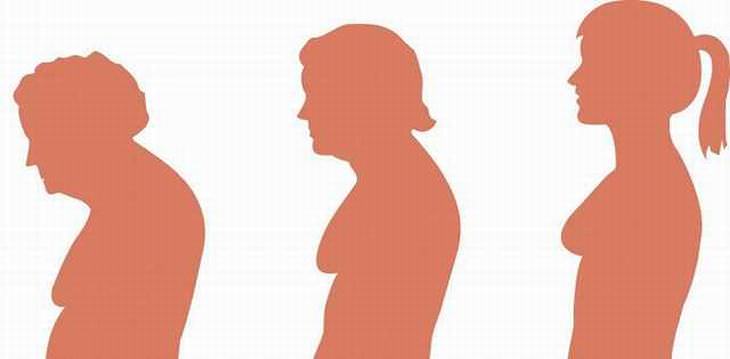
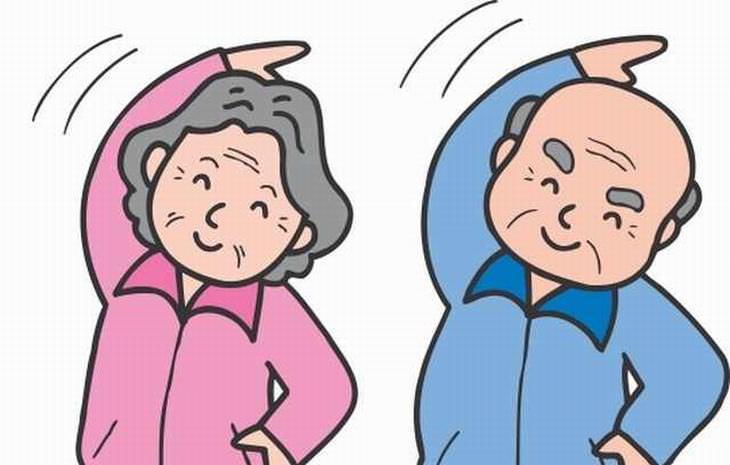


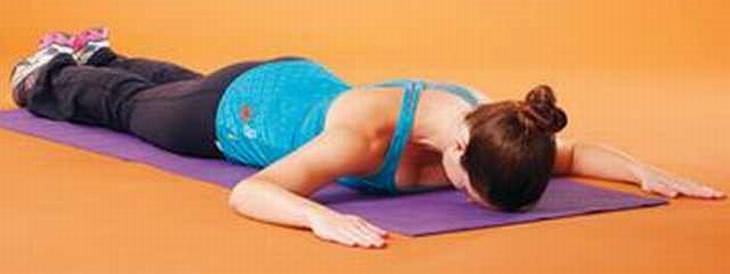
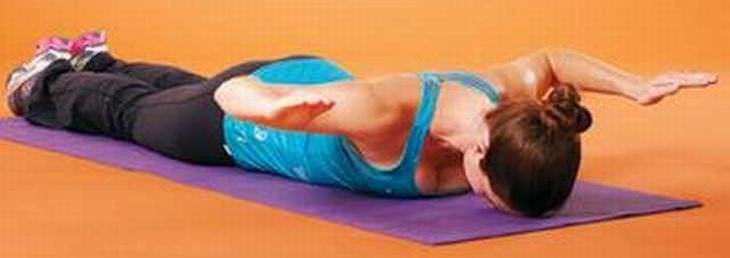
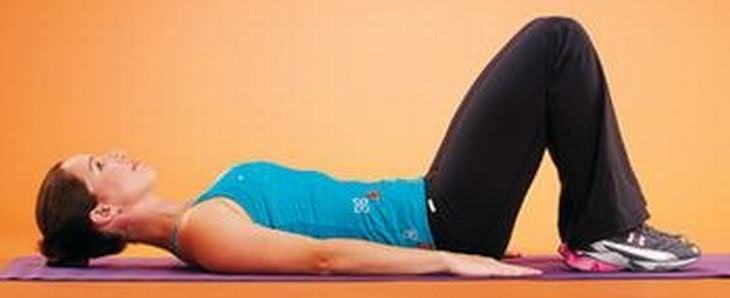

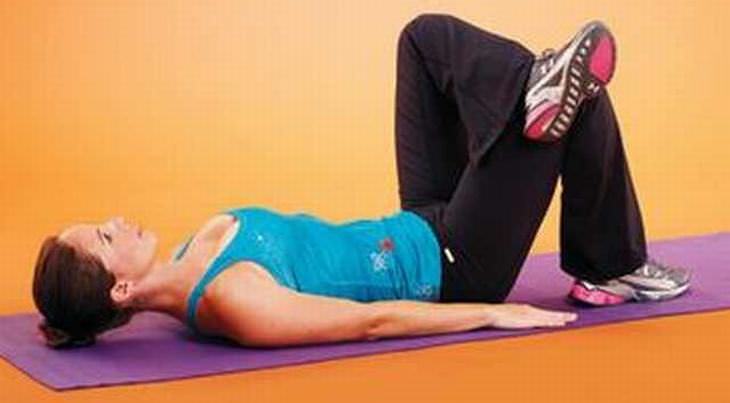


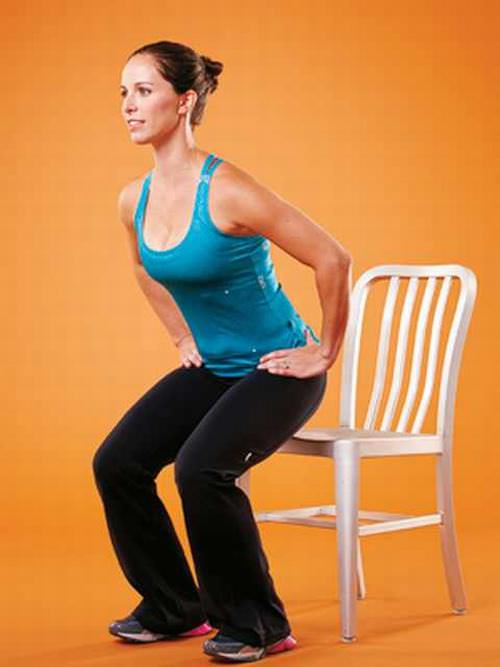



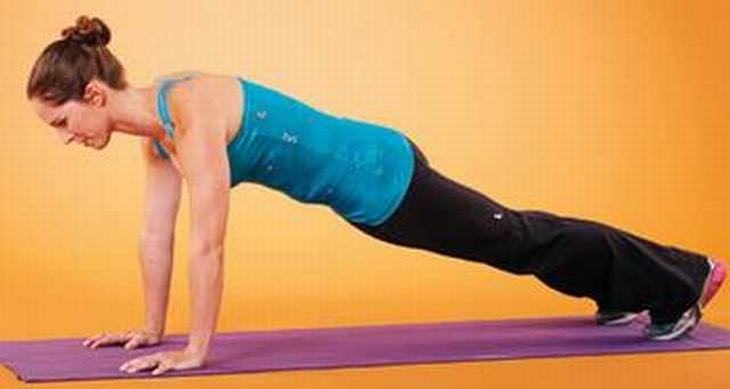
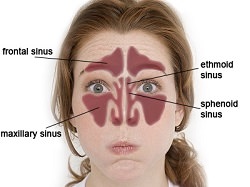 Sinuses
are air pockets located within the bones that surround your nose. They
are connected to your nasal passage by a series of small tubes and
channels. Although their purpose and use is actually unclear, there are
theories that suggest they play a role in controlling the amount of
moisture in the air we breathe. Another school of thought proposes that
they help to project our voices.
Sinuses
are air pockets located within the bones that surround your nose. They
are connected to your nasal passage by a series of small tubes and
channels. Although their purpose and use is actually unclear, there are
theories that suggest they play a role in controlling the amount of
moisture in the air we breathe. Another school of thought proposes that
they help to project our voices. Staying
hydrated is an important health concern for many reasons, but it also
helps keep your sinuses moist. You should drink plenty of water but
avoid caffeine and alcohol, which can encourage dehydration. Fluid
intake requirements differ from individual to individual and also depend
on the present weather conditions, but as a general rule, you should
aim to drink around 68 fluid ounces (or approximately two liters) of
water every day.
Staying
hydrated is an important health concern for many reasons, but it also
helps keep your sinuses moist. You should drink plenty of water but
avoid caffeine and alcohol, which can encourage dehydration. Fluid
intake requirements differ from individual to individual and also depend
on the present weather conditions, but as a general rule, you should
aim to drink around 68 fluid ounces (or approximately two liters) of
water every day. Spicy
foods are not for everyone but they can help clear your nasal passages.
If you are a fan of fiery foods such as curry, hot peppers and
mustard, drop some extra into your evening meal to help open up your
nasal passage.
Spicy
foods are not for everyone but they can help clear your nasal passages.
If you are a fan of fiery foods such as curry, hot peppers and
mustard, drop some extra into your evening meal to help open up your
nasal passage.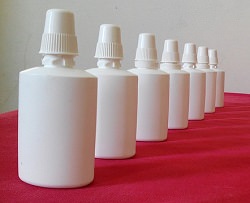 A
saline solution can be as effective as a decongestant in combating
blocked passageways that can lead to sinus pain. A saline wash thins
mucus so that it can flow more effectively through the nose and
surrounding chambers. Studies have concluded that saline solutions are
some of the best lines of defense against sinusitis and can be used
daily to prevent symptoms from developing. Solutions such as Neti Pot
are available from your drug store
A
saline solution can be as effective as a decongestant in combating
blocked passageways that can lead to sinus pain. A saline wash thins
mucus so that it can flow more effectively through the nose and
surrounding chambers. Studies have concluded that saline solutions are
some of the best lines of defense against sinusitis and can be used
daily to prevent symptoms from developing. Solutions such as Neti Pot
are available from your drug store Bromelain
is a protein found in pineapple stems and can be bought as a supplement
from health food and natural remedy stores. It has been used by boxers
and other combat sportsmen to reduce inflammation after fights and
there is evidence of success when it is used to reduce swelling around
the nose associated with sinus problems.
Bromelain
is a protein found in pineapple stems and can be bought as a supplement
from health food and natural remedy stores. It has been used by boxers
and other combat sportsmen to reduce inflammation after fights and
there is evidence of success when it is used to reduce swelling around
the nose associated with sinus problems.  If
the natural and over-the-counter remedies fail to improve your
condition, you should consult a Doctor. Doctors can make a referral for a
scan which may uncover anatomical blockages that require surgery, or
they can send you to be allergy tested. Your Doctor can also refer you
to an Ear, Nose and Throat Specialist if your problems require a more
involved or integrated form of treatment than natural remedies can
provide.
If
the natural and over-the-counter remedies fail to improve your
condition, you should consult a Doctor. Doctors can make a referral for a
scan which may uncover anatomical blockages that require surgery, or
they can send you to be allergy tested. Your Doctor can also refer you
to an Ear, Nose and Throat Specialist if your problems require a more
involved or integrated form of treatment than natural remedies can
provide.
